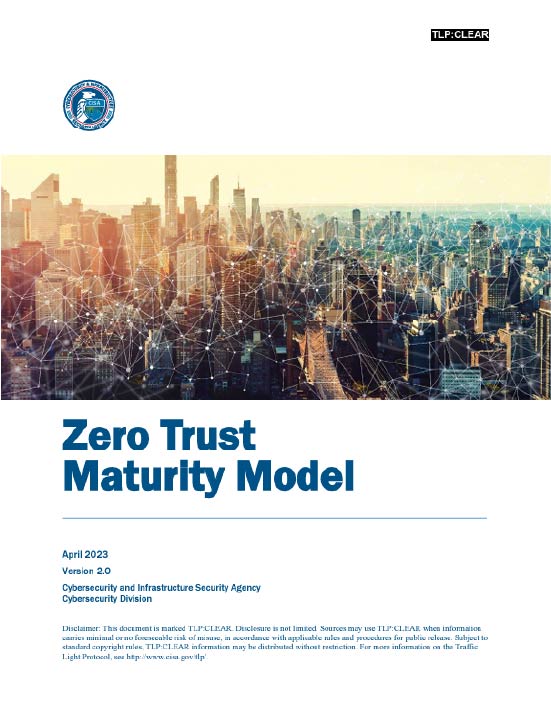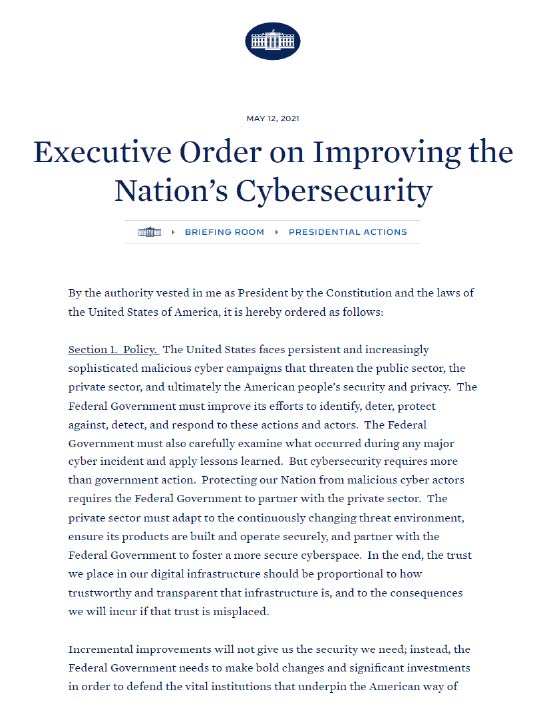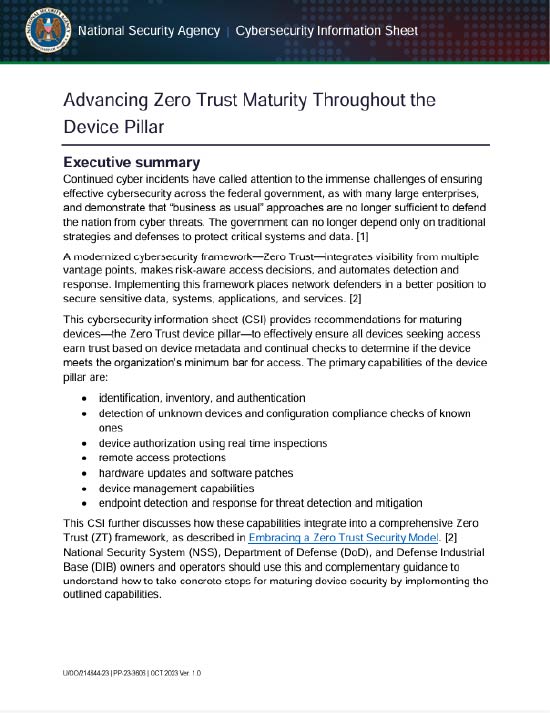Zero Trust security for ultimate compliance and protection
Built from the ground up on Zero Trust principles. No reconfiguring, no reworking—just core Zero Trust security for comprehensive, seamless protection.
What is Zero Trust?
Zero Trust Architecture (ZTA) is the gold standard of cybersecurity, built on the principle of “trust nothing, verify everything.” In traditional security models, users or devices inside the network are often trusted by default, creating vulnerabilities. Zero Trust security flips that concept by requiring persistent verification for all users, devices, and applications, regardless of location. This approach creates a digital fortress, ensuring that no unauthorized access is allowed, and every interaction is monitored.
Proximia’s Adherence to Zero Trust Architecture
Persistent, mutual, proximity-based authentication of users, devices, and access, ensures that your data is secure and untouchable.
Even if your business isn’t yet required to comply, Zero Trust security is widely regarded as the most secure and forward-thinking approach to authentication.
“Zero Trust means trust nothing and verify everything, so that is exactly what we deliver,” explains Kelly Coffin, Proximia CEO. “It’s about creating a digital fortress around your data and removing the vulnerabilities that traditional models allow.”
Proximia Addresses All 7 Pillars of Zero Trust Architecture
Seeking a new solution? Require Zero Trust Compliance.
If you’re in the market for a cybersecurity authentication solution, it’s critical to ensure that your provider adheres to Zero Trust Architecture (ZTA) standards, as recommended by the U.S. Government and the Cybersecurity and Infrastructure Security Agency (CISA). These guidelines set the bar for protecting sensitive data in today’s threat landscape.
The White House: Executive Order on Cybersecurity
National Security Agency (NSA): Advancing Zero Trust Maturity
Take control of your digital security today
In a world where cyber threats are constant, so should be your protection.



